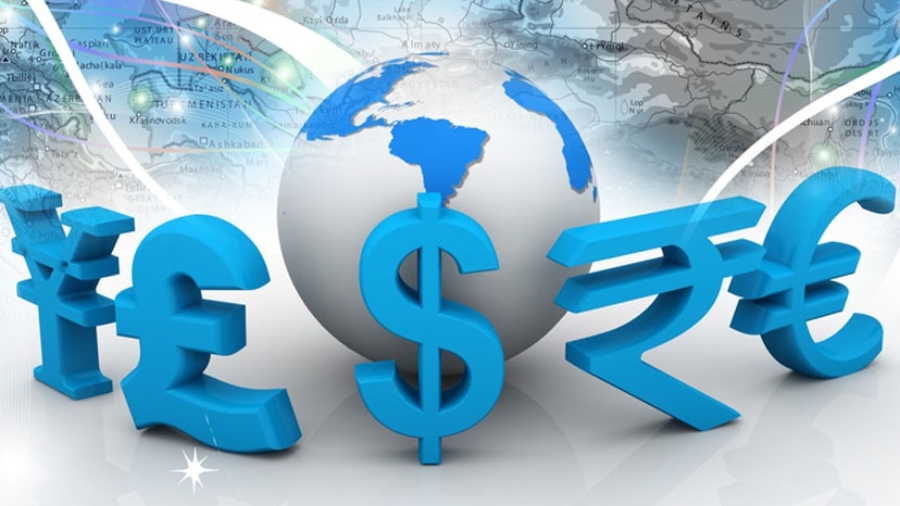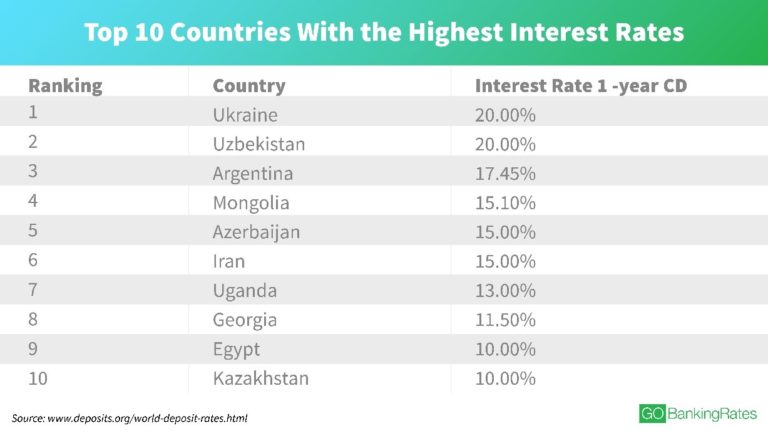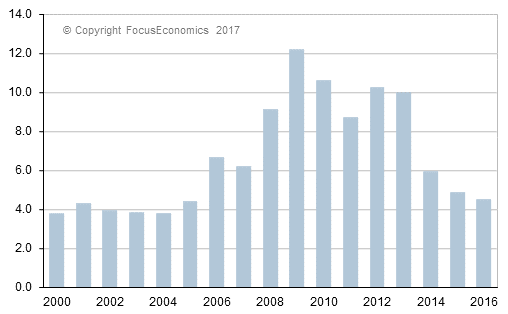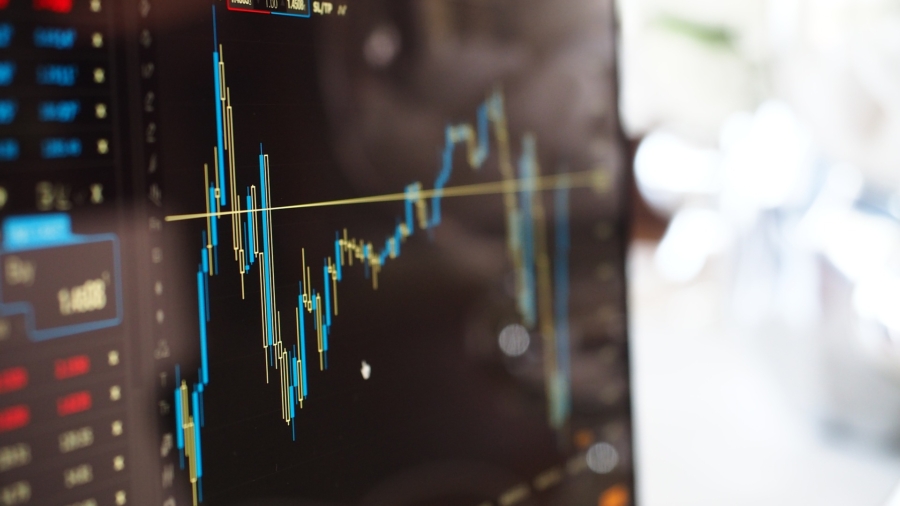INDIA’S INCREDIBLE ECONOMIC GROWTH: AN 8-POINT ROLLERCOASTER RIDE TO PROSPERITY!
Introduction
Today, let’s get on a quick rollercoaster ride to a thrilling journey through the vibrant landscape of India’s economic growth. Strap in, because we’re about to take you on a rollercoaster ride that will make your heart race and your optimism soar! India’s journey from an agrarian economy to an emerging global powerhouse is nothing short of spectacular, filled with twists, turns, and breathtaking moments. We will make eight stops where we will quickly look at what happened at each of those inflection points. Let’s go!
Stop 1: The Humble Beginnings
Our rollercoaster adventure begins in the mid-20th century when India gained independence from British colonial rule. At the time, the Indian economy was predominantly agrarian, with a largely unskilled and impoverished population. But as the nation took its first tentative steps towards economic development, a vision emerged—a vision of progress, prosperity, and self-reliance.
Stop 2: The Infamous Pitfalls
As our rollercoaster ascends, we can’t help but acknowledge the pitfalls along the way. India faced a fair share of challenges, from political instability to bureaucratic red tape. The License Raj, a system of extensive government control and regulations, stifled innovation and entrepreneurship. But every plummet into a valley was followed by a climb towards the sky.
Stop 3: The Reforms Take Flight
Hold on tight because here comes the exhilarating part! In 1991, India took a leap of faith with economic liberalization, opening its doors to foreign investment and dismantling the shackles of protectionism. The result? An economic take off that defied gravity! With reforms like the New Economic Policy, India’s GDP growth soared, and the country began to attract foreign investment like never before.
Stop 4: The IT Revolution
As we loop around the IT boom, it’s impossible to ignore the impact of the Indian technology sector. India became the world’s outsourcing hub, with Bangalore and Hyderabad emerging as global tech centres. The Information Technology and Business Process Outsourcing (IT-BPO) industry propelled the nation into the digital age, creating millions of jobs and fostering innovation.
Stop 5: The Demographic Dividend
As we zoom through the demographic dividend curve, we see that India’s young and burgeoning population is a vital asset. With a median age of 28, India is set to have the world’s largest workforce, potentially driving further economic growth as this demographic enters its prime working years.
Stop 6: Infrastructure and Connectivity
Our rollercoaster ride wouldn’t be complete without mentioning India’s massive infrastructure development. From world-class airports to modern highways and the ambitious Smart Cities Mission, India is laying the foundation for a robust economy that can compete on the global stage.
Stop 7: Challenges Ahead
As we head into the final stretch, it’s important to acknowledge that our rollercoaster ride isn’t without its share of challenges. Income inequality, environmental concerns, and social disparities are issues that need careful navigation. But India’s history has shown that it has the resilience and determination to tackle these obstacles head-on.
Stop 8: The Future Awaits
As we approach the end of our thrilling journey, we can’t help but feel optimistic about India’s economic future. With a dynamic and youthful population, a growing middle class, and a commitment to innovation, India is poised to continue its ascent towards prosperity.
Conclusion
India’s economic growth story is nothing short of awe-inspiring. From humble beginnings to global recognition, the nation’s journey has been filled with highs and lows. As we disembark from our economic rollercoaster, we’re left with a sense of excitement for what lies ahead. India’s incredible economic growth is a testament to the spirit of its people and their unwavering determination to create a better future.
So, here’s to India’s rollercoaster ride to prosperity – a thrilling adventure that shows no signs of slowing down!

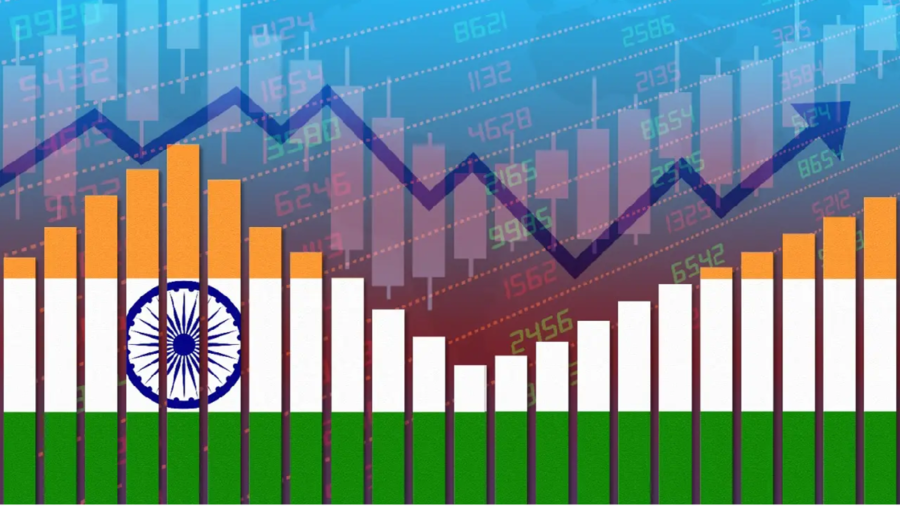
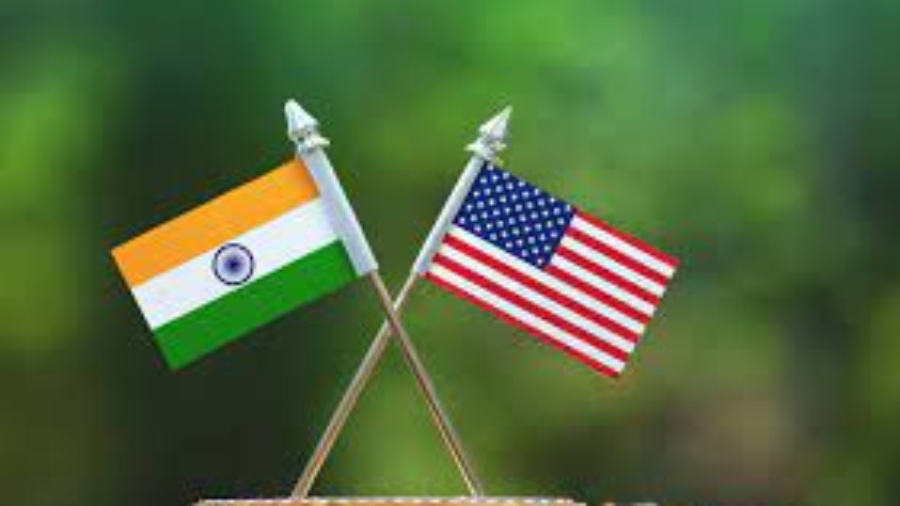

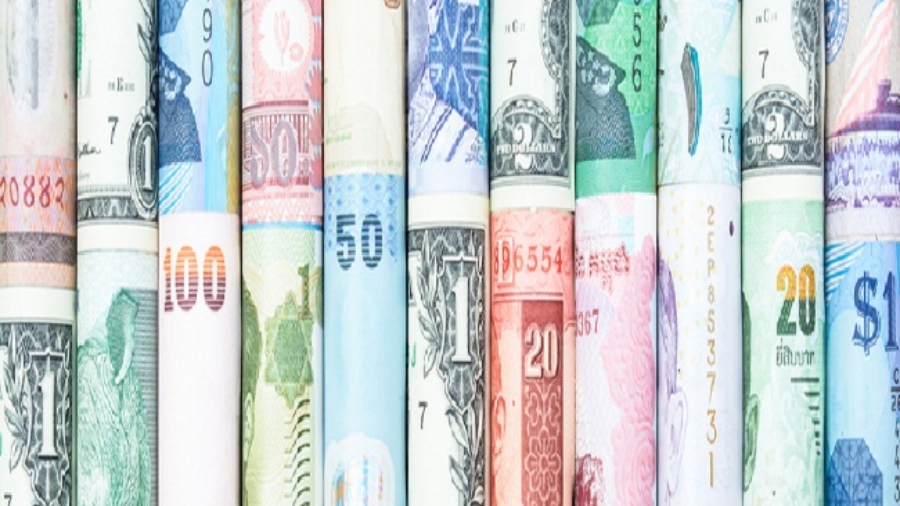
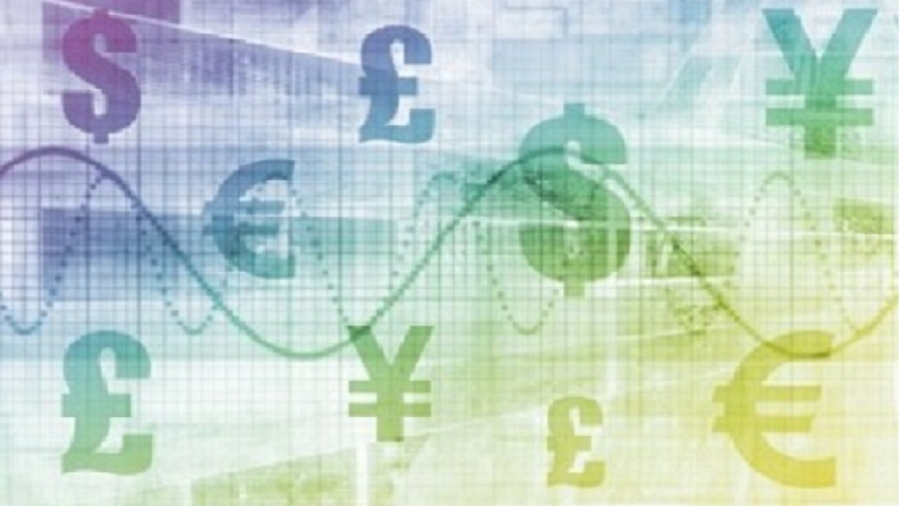

 Leverage
Leverage
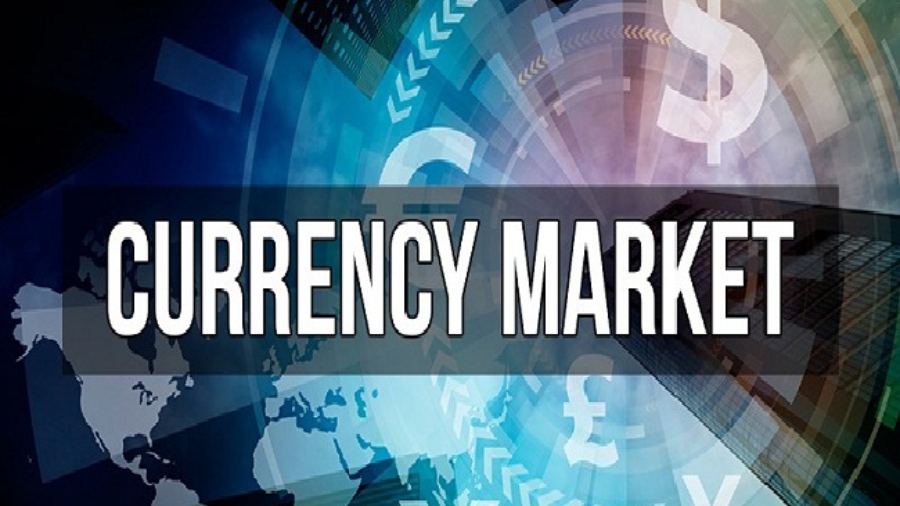
 Fig 1. USDINR rates since Independence. Until 1991, Indian FX market was highly regulated.
Fig 1. USDINR rates since Independence. Until 1991, Indian FX market was highly regulated.
